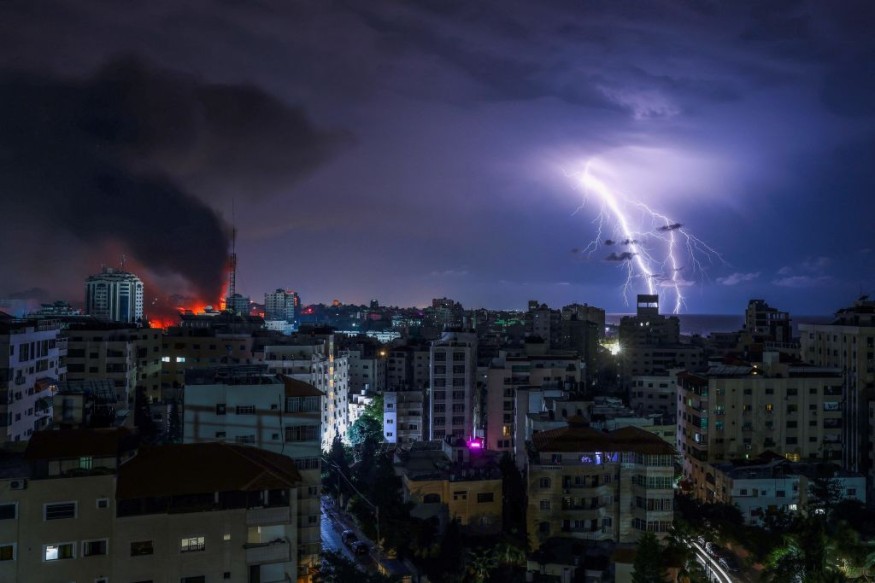A total 24 people have died and 23 were injured as a result of lightning strikes in the western Indian state of Gujarat over the last two days, with rains continuing on Monday morning.

Severe Rain And Thunderstorms
The state was slammed by severe rain, thunderstorms, and hailstorms on Sunday and Monday, with some areas receiving up to 144mm (5.7 inches) of rain in the 24 hours ending Monday morning, according to state government data.
Experts said that the massive rains have brought damage to homes and killed cattle across the state. Further, at least 40 animals were also slaughtered.
"We will begin a survey soon to assess the loss suffered," Gujarat Agriculture Minister Raghavji Patel said on Monday, adding that compensation will be paid to victims on the basis of the survey's results.
According to the India Meteorological Department (IMD), a cyclonic circulation over the north-east Arabian Sea and surrounding Saurashtra and Kutch regions delivered heavy showers to the state.
The federal home minister, Amit Shah, offered sympathy to families who "lost their loved ones in this tragedy for their irreparable loss."
"The local administration is engaged in relief work, praying for the speedy recovery of the injured," Mr Shah wrote in Gujarati on X, formerly known as Twitter.
Read Also : Lightning Strikes Kill Over 60 People in India Amid Monsoon Season Affecting South Asia, Middle East
Unusual Rain In Gujarat
Storms are unusual in Gujarat during the winter, according to meteorologists, and the torrential downpour caught many people off guard.
In just two days in August 2020, 14 people died in the state as a result of torrential rainfall and flooding. In August of the previous year, 31 individuals perished in the state as a result of rain-related incidents.
Every year, flash floods and lightning strikes kill thousands of people in India. Rising global temperatures, according to scientists, are fueling an increase in extreme weather events.
Rising land and sea surface temperatures warm the air above, making more energy available to fuel thunderstorms and lightning strikes.
According to government figures, lightning strikes killed more than 100,000 individuals in India between 1967 and 2019. This represents more than a third of all fatalities caused by natural disasters during this time period.
The incidence of lightning strikes in the country is also increasing, but reported fatalities have decreased in recent years as authorities enhance lightning risk management, such as forecasts and early warning systems.
According to a study conducted by the non-profit Climate Resilient Observing Systems Promotion Council, India recorded more than 18 million lightning strikes between April 2020 and March 2021.
This was a 34% increase over the same period the previous year.
Because of the increase in sea surface area, studies project a 50% increase in dangerous lightning strikes by the end of this century.
A warming climate causes more extreme weather, such as thunderstorms, and a 2015 study released by the University of California found that for every 1 degree Celsius increase in temperature, the frequency of lightning strikes increases by 12%.
Related Article : Lightning Strike Kills 76 People in India, Including Victims Who Were Taking Selfies
© 2025 NatureWorldNews.com All rights reserved. Do not reproduce without permission.





